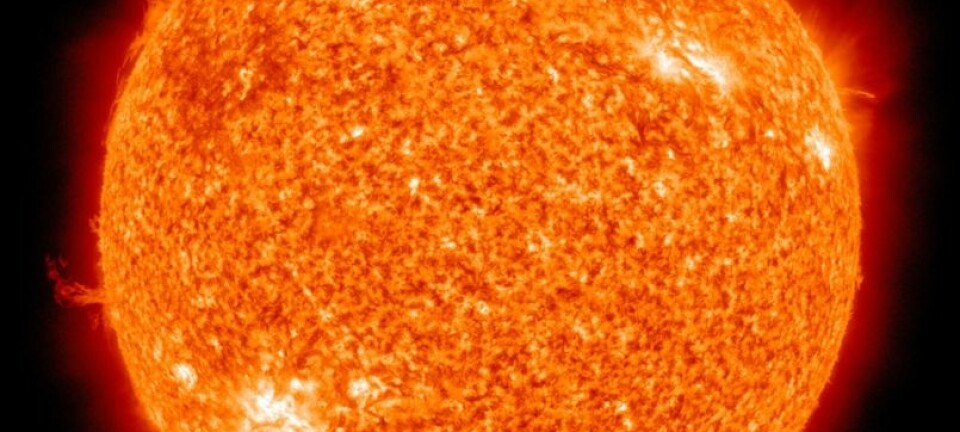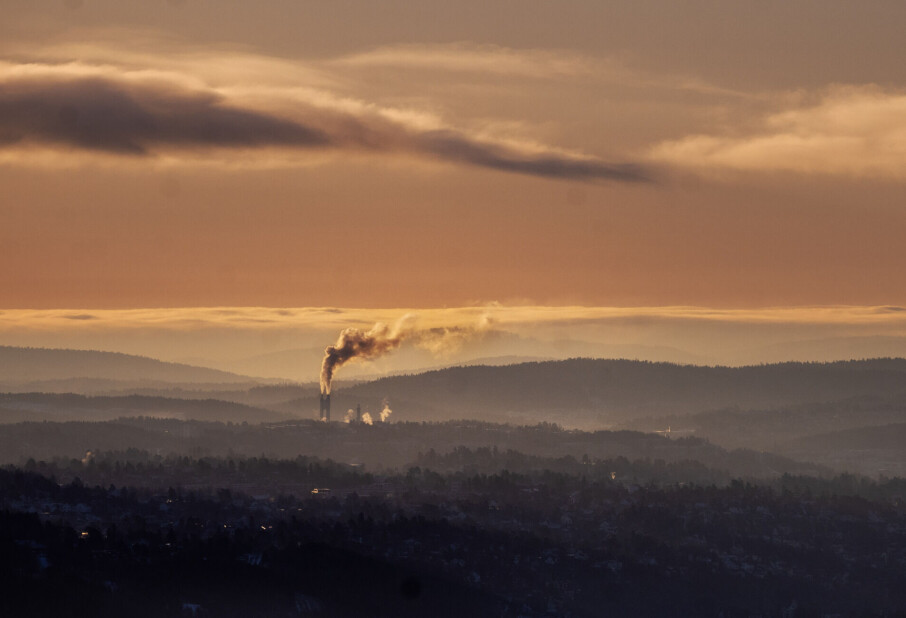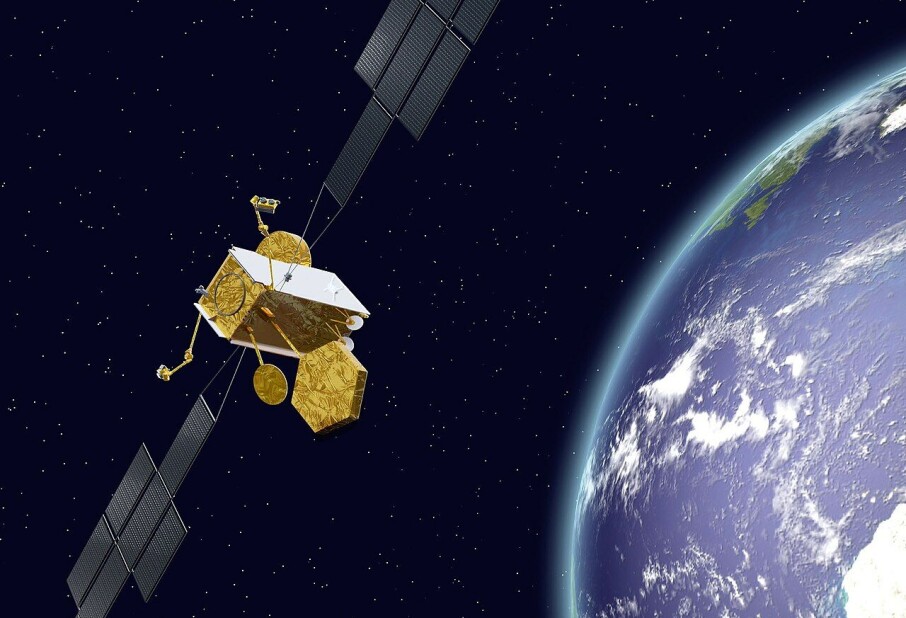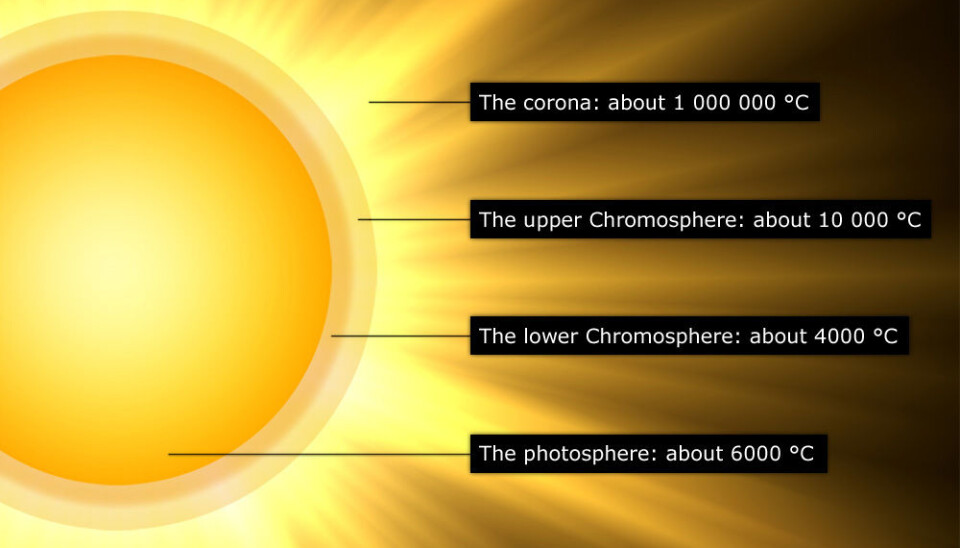
Giant tornadoes fire up the solar atmosphere
How can the outer regions of the Sun’s atmosphere be upwards of 150 times hotter than the surface? One of the oldest problems of astrophysics has now been partially explained.
Denne artikkelen er over ti år gammel og kan inneholde utdatert informasjon.
Nobody would claim the temperature is pleasant on the blazing surface of our sun. But the 6,000° C (11,000° F) up there is chilly compared to the insane heat high up in the corona.
Temperatures out in the corona can reach one million degrees.
But how could this be?
How can the temperature initially drop to around 4,000° C (7,000° F) just above the surface and then start to rise gradually before exploding into an inferno where the corona begins?

“Scientists have been perplexed about this for many years,” says Sven Wedemeyer-Böhm of the University of Oslo. He’s one of the researchers who have arrived at an important part of the explanation: enormous magnetic tornadoes.
Not heated by gas
The scientists’ observations and computer models indicate that vortices in the photosphere – the Sun’s bright surface – generate 5,500-kilometer wide magnetic tornado funnels that spiral upwards through the chromosphere to the corona.
These magnetic vortices draw gas up from the solar surface. It’s this gas that enables scientists to observe the enormous tornadoes. But the gas doesn’t cause the intense heating of the corona, according to Wedemeyer-Böhm.
“The heat isn’t being transported upwards to the corona as a stream of hot gas. What happens is that the rotation creates magnetic waves that move along the structure up to the corona.”
Observations and computer models
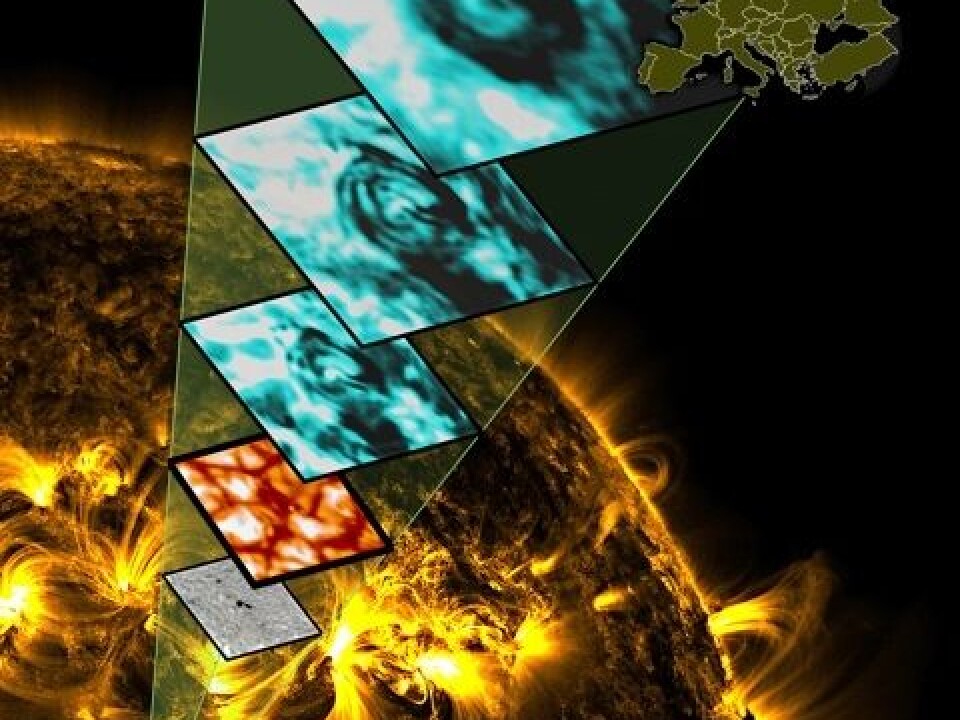
Magnetic waves are a form of energy that under the right conditions can be transformed into heat. This isn’t easy. So the waves snake their way up through the cooler layers of the solar atmosphere without heating up.
They don’t start generating intense heat until they reach the corona.
“We still don’t know how this occurs. The exact process is one of the remaining mysteries,” he says.
“But we're quite sure this is what's happening.”
“We have direct observations of the vortices in the solar atmosphere. These are supplemented by highly advanced computer models that accurately match the observations.”
Important piece of the puzzle
During a 55-minute observation of the Sun on 8 May 2011, the scientists registered 14 vortices on a certain section of the solar surface. In the latest issue of the scientific journal Nature, they say that upwards of 10,000 such tornadoes are twisting outwards from the Sun at any given time.
The models show that together the tornadoes can deliver the basic level of energy required to keep the corona at 1,000,000° C (18,000,000° F).
“We’ve discovered an important piece of the puzzle,” says the researcher.
“This connection probably applies to other stars as well. I’ve worked with slightly cooler stars and after we made this discovery with the Sun I had to hunt for vortices there too. And they exist!”
The scientists are just in the initial phase of their research of the vortices on the sun.
“We haven’t solved the entire problem. There must be other, more powerful heating processes at work as well,” says Wedemeyer-Böhm and concludes:
“We haven’t reached our goal!”
Translated by: Glenn Ostling







